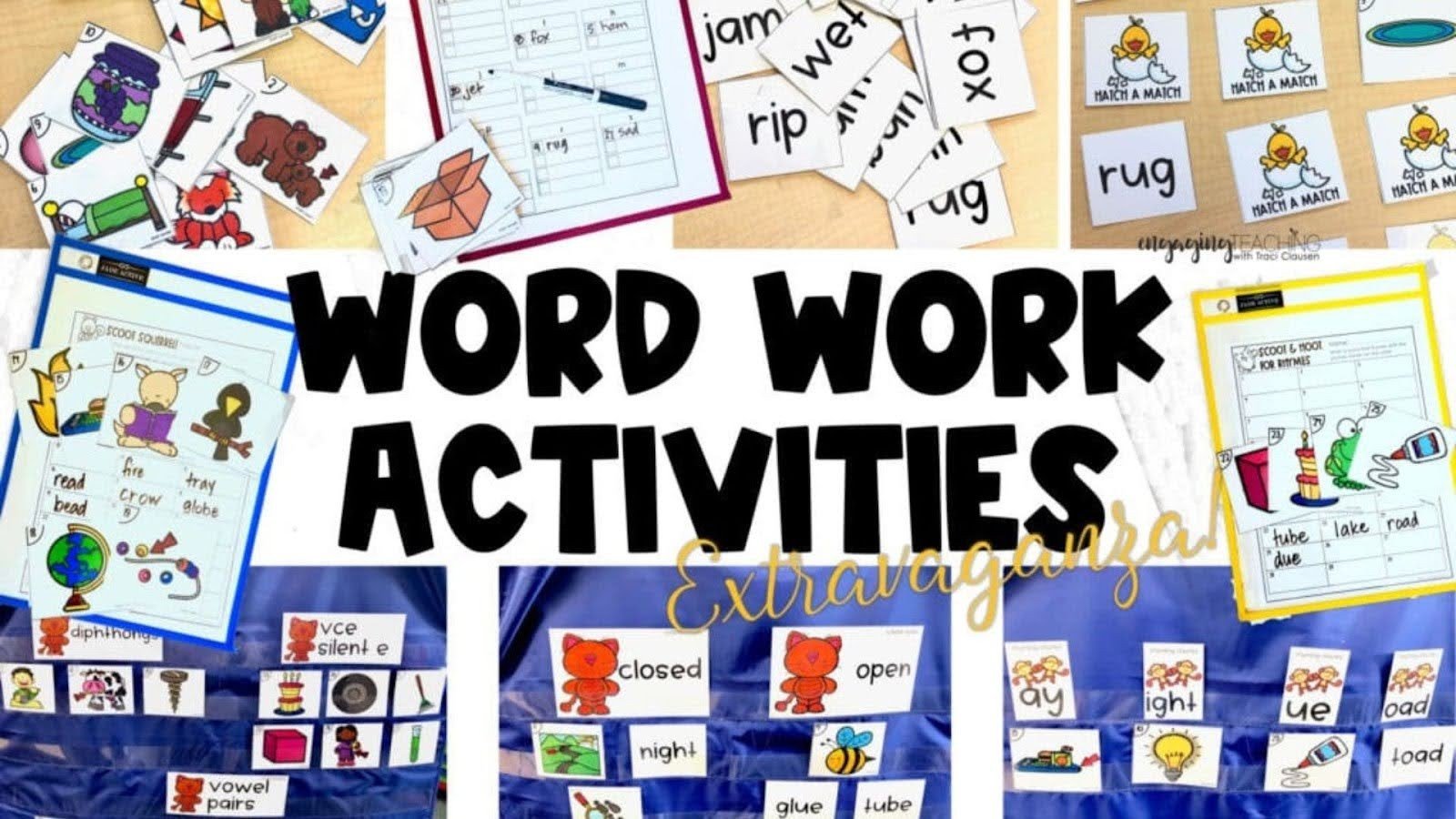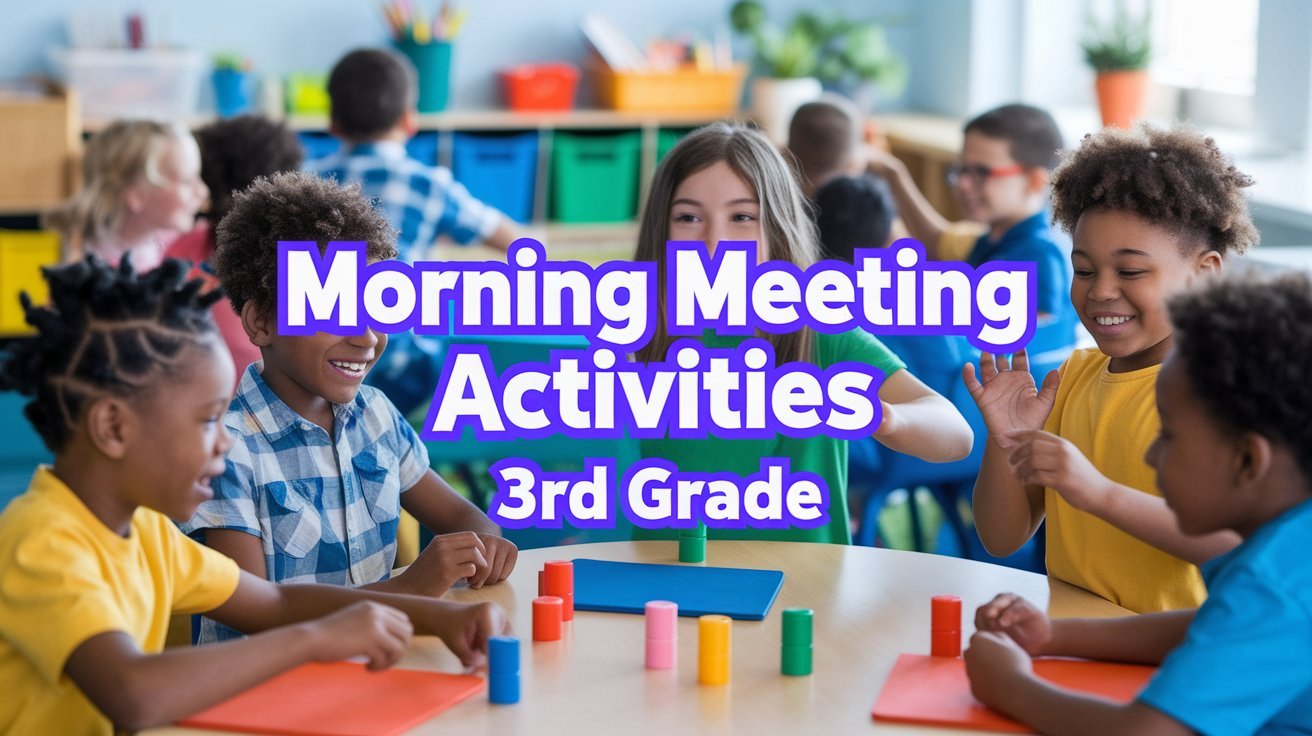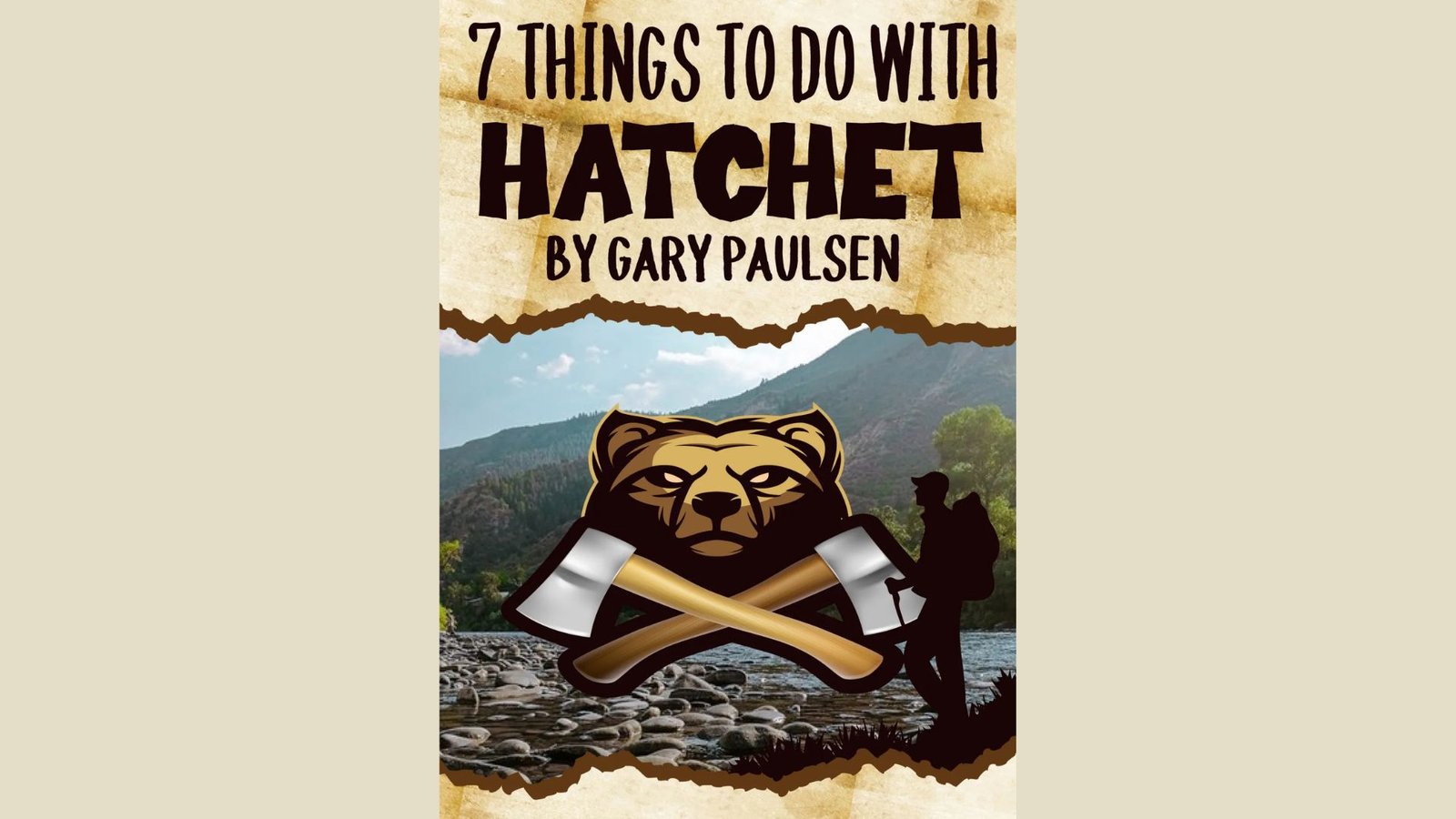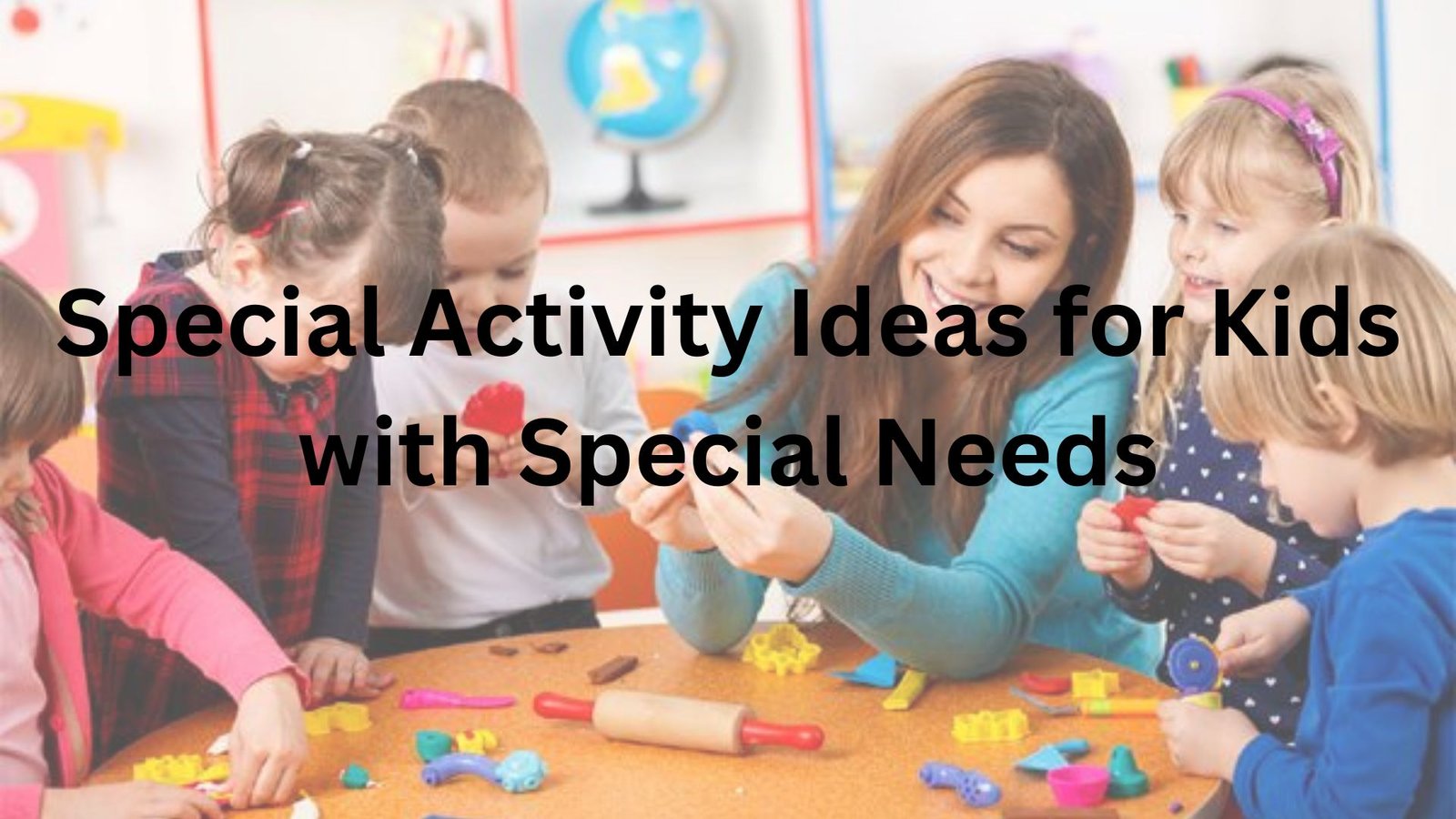Ever watch your students’ eyes glaze over during spelling time? It doesn’t have to be that way. Word work activities can transform dry memorization into exciting learning that actually sticks.
Strong word knowledge builds the foundation for reading success. When students master phonics patterns, spelling rules, and vocabulary through hands-on practice, they become confident readers and writers. These skills open doors to every subject, from math word problems to science texts.
This guide shares proven word work activities for kindergarten through middle school. You’ll find simple station ideas, differentiation tips, and ways to fit word practice into your daily routine without adding more to your plate.
Word Work Activities by Grade Level
Every grade needs different approaches to word study. Young learners need concrete, hands-on experiences with letters and sounds. Older students benefit from exploring word origins and complex patterns. The key is matching activities to where your students are right now.
Research shows that systematic word study improves reading and spelling at every age. But the same worksheet won’t work for a kindergartner and a seventh grader. That’s why this section breaks down activities by developmental stage.
When you choose age-appropriate word work activities, students stay engaged and make real progress. They’re challenged but not frustrated. They practice skills they’re ready to learn, building confidence along the way.
Word Work for Kindergarten & Early Elementary (Ages 5-7)
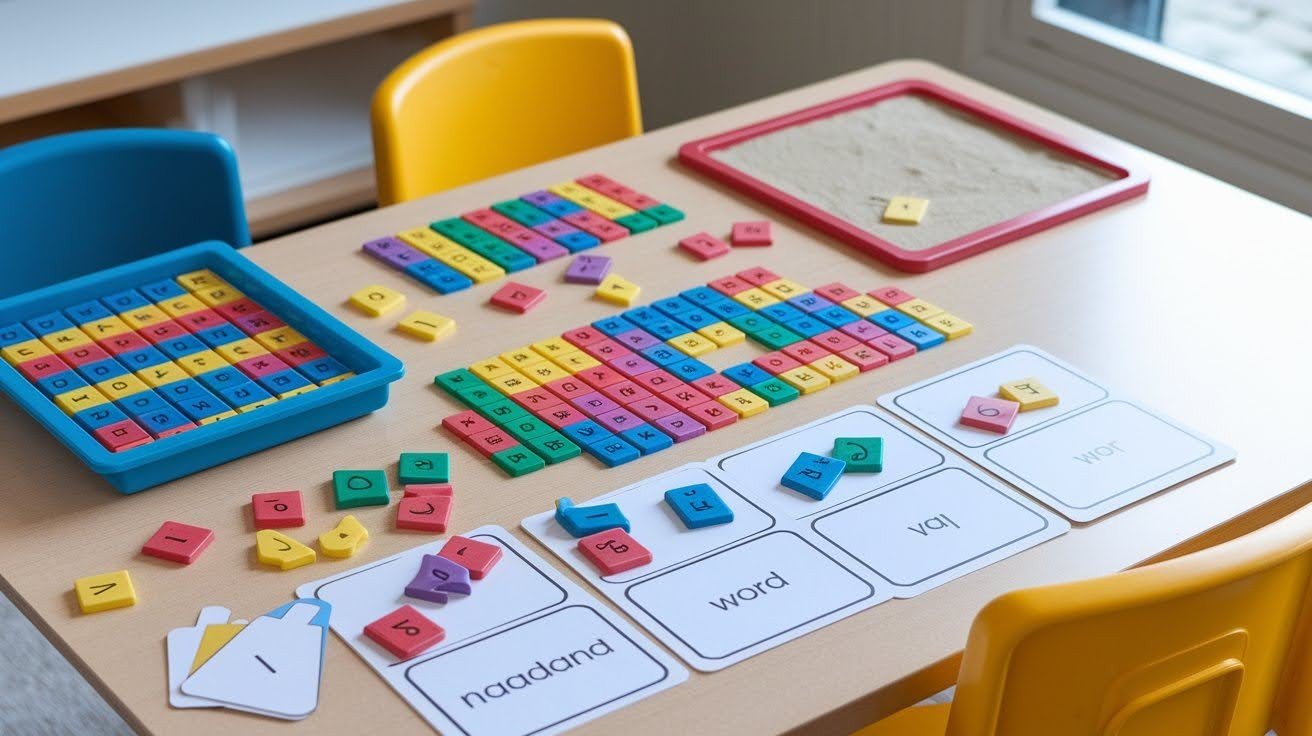
Your youngest students need to see, touch, and move letters around. The Heart Words strategy helps them memorize common sight words by “storing” them in their hearts. These high-frequency words appear everywhere in beginning texts, so recognizing them instantly makes reading easier.
Sound mapping activities teach kids to break words into individual sounds. They use tokens or blocks to represent each phoneme they hear. This concrete practice strengthens phonemic awareness, which research identifies as critical for reading success.
Build-Cover-Spell exercises give students multisensory practice. They build words with magnetic letters or letter tiles, cover the word, then try spelling it from memory. Simple word sorts help them notice patterns, like words that end in “-at” or start with “sh.” These hands-on word work activities make learning feel like play.
Word Work for Upper Elementary (Ages 8-11)
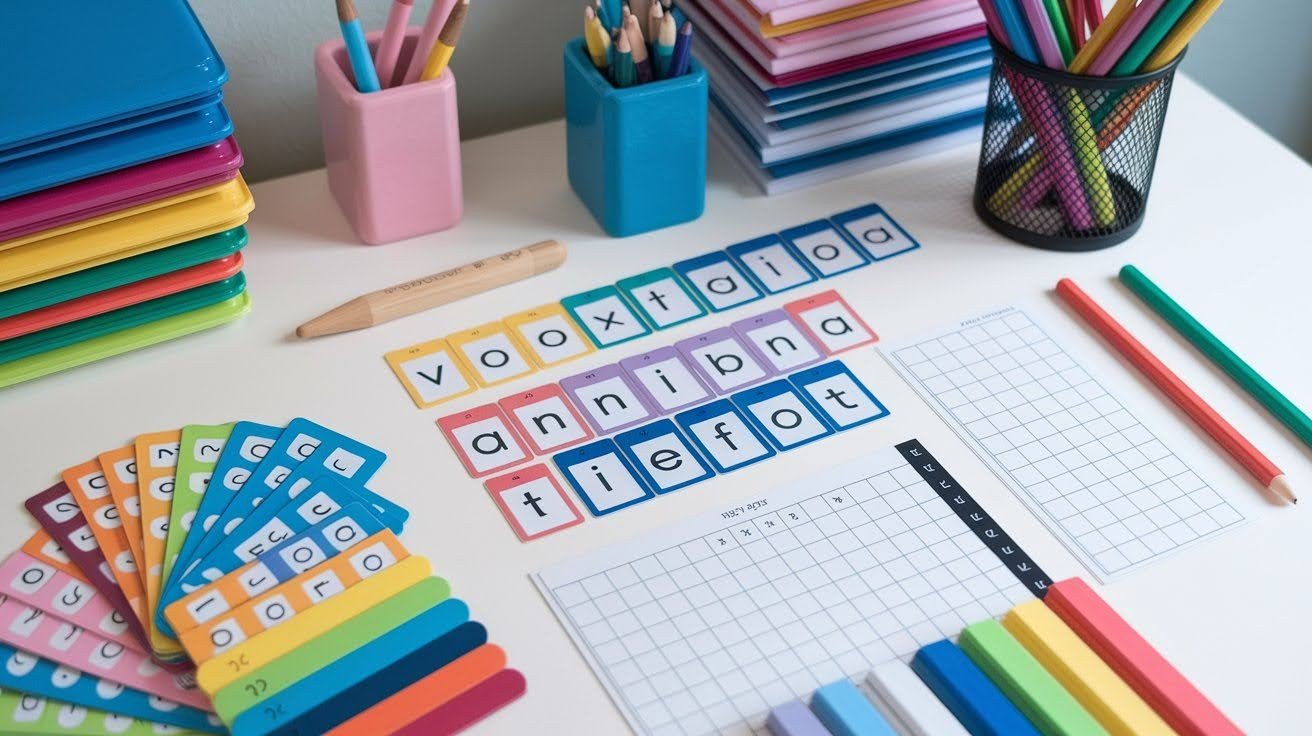
Third through fifth graders are ready for more complex spelling patterns. They can handle words with silent letters, vowel teams, and tricky consonant combinations. Advanced spelling patterns challenge them to think about rules and exceptions.
Vocabulary development exercises expand their word knowledge beyond just spelling. Context clue word cards teach students to figure out unknown words from the surrounding text. This skill helps them tackle harder books independently.
Morphology work introduces prefixes, suffixes, and root words. When students understand that “pre-” means before and “re-” means again, they can decode and define many new words. Multi-syllabic word practice builds fluency with longer words they’ll encounter in content area reading.
Word Work for Middle School (Ages 11-14)
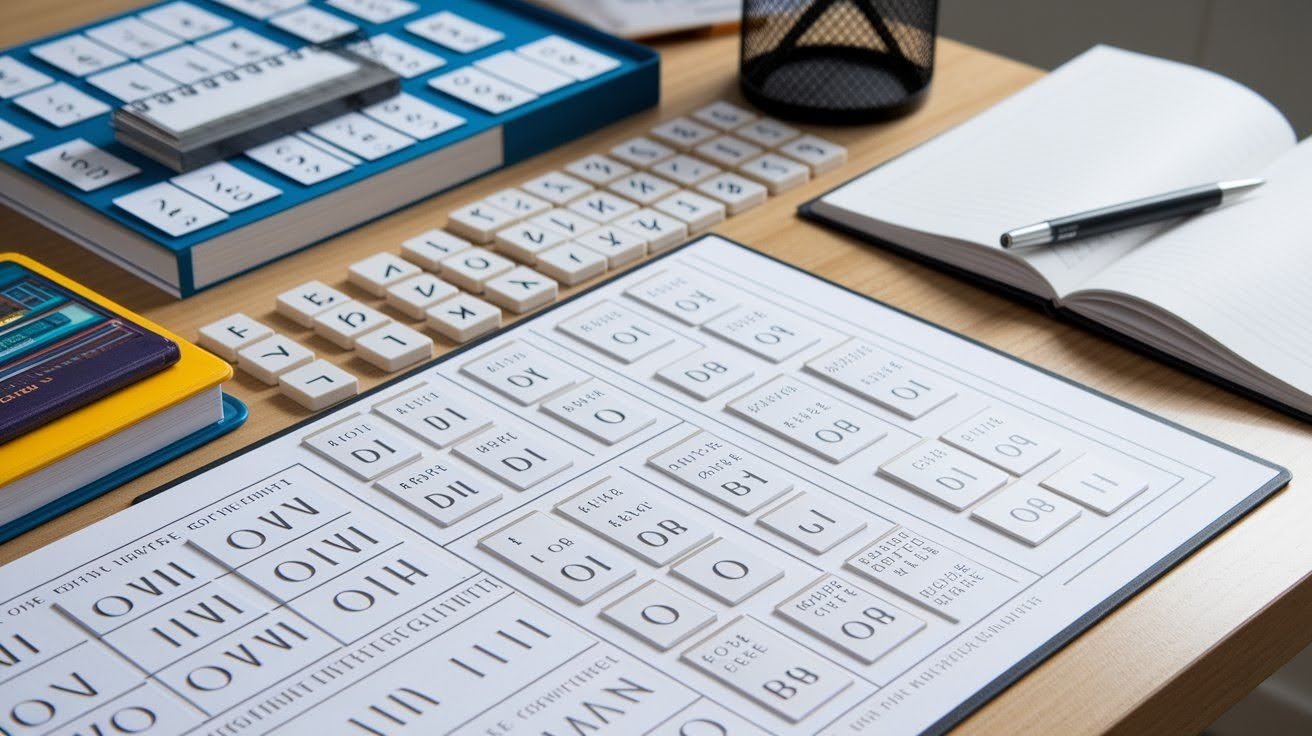
Middle schoolers benefit from understanding Greek and Latin roots. Knowing that “bio” means life and “graph” means writing helps them tackle words like biography, biology, and graphic. These word parts unlock meaning across all subjects.
Academic vocabulary building focuses on words students need for tests and textbooks. Words like “analyze,” “interpret,” and “evaluate” appear in every class. Direct instruction in these terms supports success across the curriculum.
Word analysis strategies help students break down unfamiliar words independently. Advanced morphological awareness means recognizing complex word parts and how they combine. Content-specific terminology varies by class, but the same word work activities can be adapted to science terms, social studies concepts, or math vocabulary.
Engaging Word Work Station Ideas
Stations keep word practice fresh and give students choices. When kids rotate through different activities, they stay interested and engaged. Variety also means you’re reaching different learning styles throughout the week.
Setting up word work activities as stations allows for independent practice while you work with small groups. Students can complete many tasks without constant teacher direction. This independence frees you to provide targeted instruction where it’s needed most.
The best stations balance structure with creativity. Students need clear expectations and models, but also room to make activities their own. When word work feels playful, students practice more willingly and develop positive attitudes toward language learning.
No-Prep Activities
Writing your Words using three different writing tools adds interest without supplies. Students write their list once with a pencil, once with a marker, and once with a crayon. The variety keeps them focused on the words.
Pyramid Spelling builds words one letter at a time in a pyramid shape. For “cat,” they’d write “c” on line one, “ca” on line two, “cat” on line three. Spiral Spelling creates a spiral design with repeated words. Box Spelling puts one letter per box, helping students see word structure.
Word Search creation flips the script; students make puzzles instead of solving them. They hide their words in a grid and fill the remaining spaces with random letters. Creating these puzzles requires careful attention to spelling.
Hands-On Activities
Scrabble/Grid Spelling uses graph paper or printed grids. Students write their words like they’re playing Scrabble, connecting letters where words share sounds. This visual format highlights spelling patterns.
The Stamp Challenge gives students alphabet stamps and ink pads. The novelty of stamping words makes practice feel special. Speed Spelling Challenge times students as they write their list three times, trying to beat their previous speed while maintaining accuracy.
Rainbow Spelling creates colorful words by tracing each word multiple times in different colors. Ghost Spelling uses white crayons on white paper, then students paint over words with watercolors to reveal them. These creative word work activities turn practice into art projects.
Partner and Collaborative Activities
Spelling Toothy™ is a popular partner game where students answer questions to help a character collect teeth. The Guess My Word game has one partner give clues while the other guesses the word. This builds both spelling and communication skills.
Crack the Code assigns numbers to letters, and partners decode messages using their word list. Roll It dice activity assigns different tasks to each number: roll a 3, use the word in a sentence; roll a 5, spell it backwards.
These partner word work activities teach cooperation and make practice social. Students often try harder when working with a peer, and explaining concepts to others deepens their own understanding.
Creative Word Work Formats
Breaking away from standard formats keeps students interested in word practice. When every activity looks different, students stay alert and engaged. Creative formats also appeal to students who struggle with traditional worksheets.
Visual and artistic approaches work well for students who learn through seeing and creating. Not every child connects with language through writing alone. Offering multiple formats respects different learning preferences.
Format variety also helps you spot which approaches work best for different students. You might notice that certain kids thrive with movement activities while others prefer quiet, artistic tasks. This information guides your differentiation decisions.
Shape-Based Activities
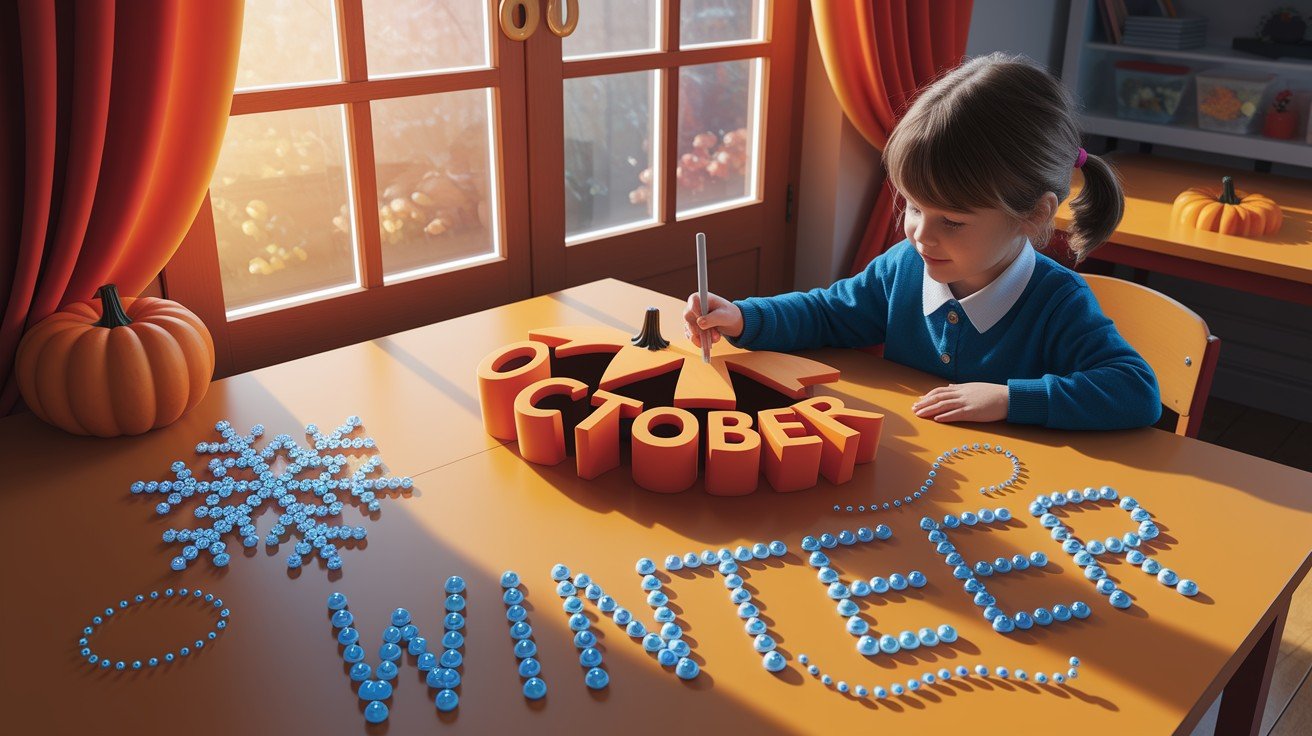
Seasonal shape spelling means writing words inside themed shapes. In October, students might write inside pumpkins. In winter, they use snowflakes. These shapes add visual interest without changing the core practice.
Concrete poetry inspiration takes this further by arranging words into shapes that match their meaning. The word “rain” might be written in drops falling down the page. Visual-spatial learning integration helps students who think in pictures remember spelling patterns.
Students often remember words better when they associate them with unique visual formats. These shape-based word work activities combine art and literacy in memorable ways.
Technology-Enhanced Options

Type and Spell keyboard practice builds both spelling and typing skills. Students type their words multiple times, developing muscle memory for both the spelling and the keyboard locations. This practical skill serves them in all digital writing.
Digital word work stations can include tablet apps focused on phonics and spelling. Online collaborative tools let students work together remotely or build group word collections. Technology shouldn’t replace hands-on practice, but can supplement it effectively.
Balance is important; too much screen time reduces the multisensory benefits of physical manipulation. Use technology as one option among many in your word work rotation.
Conclusion
Word work activities are a foundational part of effective literacy instruction. Systematic word study builds reading and spelling skills for students in need, developing them from kindergarten. This practice also improved vocabulary analysis in middle school. Correct actions at the proper hour create total change.
The confidence in the idea that your instruction works is given by methods based on research. Decades of evidence back up multisensory approaches, systematic progression, and even phonics principles since they’re proven practices instead of just trends.
When it is organized effectively, work stops overwhelming, and it starts managing. You can focus on teaching rather than logistics, using basic systems for materials, students, and instruction. Start with establishing routines with a few solid word work activities. After that, gradually expand on your repertoire. Lasting growth results from consistent practice.
Frequently Asked Questions
What are the best word work activities for beginning readers?
Heart Words practice, sound mapping, and magnetic letter building work best for beginning readers. These multisensory approaches help young students connect sounds to letters while keeping practice hands-on and engaging.
How often should students do word work activities?
Students benefit from daily word work practice, even if just for 10-15 minutes. Consistent, short sessions build skills better than occasional long practices. Schedule word work as a regular rotation in literacy centers or Daily 5 for best results.
Can word work activities help struggling spellers?
Yes, targeted word work activities significantly help struggling spellers. Use simplified word lists, provide additional modeling, and emphasize multisensory approaches. Focus on one pattern at a time with extended practice until students achieve mastery before introducing new patterns.
How do I differentiate word work for mixed-ability classrooms?
Adjust word lists to match student levels while using the same activity format. Give struggling students fewer, simpler words and advanced students complex patterns. This approach maintains the same routine while meeting individual needs efficiently without creating entirely different activities.
What materials do I need for word work stations?
Basic materials include magnetic letters, dry-erase boards, letter tiles, alphabet stamps, and graph paper. Most word work activities use simple supplies you already have. Start with these versatile basics rather than expensive specialized materials for maximum flexibility across activities.

